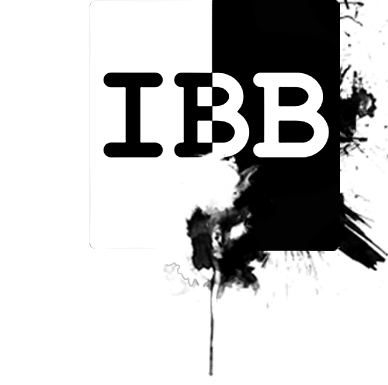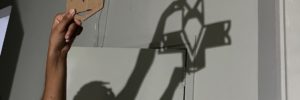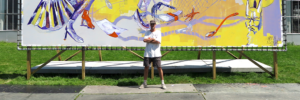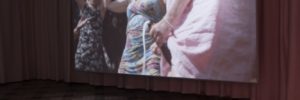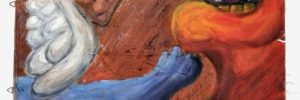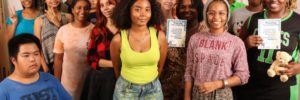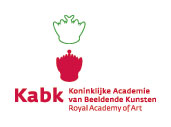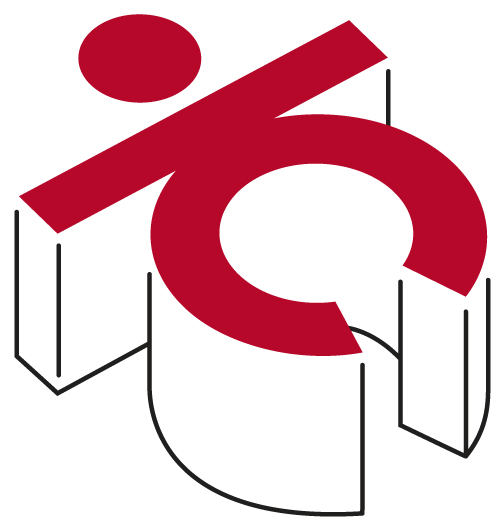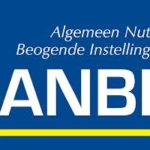18 Aug 2011 | 5,487 views
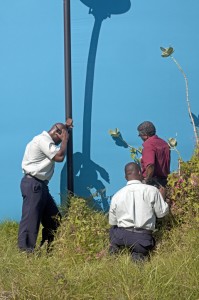 I experienced the residency at the IBB in Curacao as fascinating but also as quite harsh and spicy. It’s not that light happy Caribbean atmosphere people may think it is, but more like Rotterdam Kruiskade. So I felt quite at home. Rotterdam!
I experienced the residency at the IBB in Curacao as fascinating but also as quite harsh and spicy. It’s not that light happy Caribbean atmosphere people may think it is, but more like Rotterdam Kruiskade. So I felt quite at home. Rotterdam!
A combination of different factors made me think about how to spend my time in the best constructive way. Number one issue was not having a car. The island is a very masculine area where the car is number one topic. Having a car is a ‘must have’ because the island is designed to reach everything by car. And instead of cosy squares you have loads of parking places to hang out. Walking or cycling is in general out of the question. If you do they think you’re crazy. They just love cars and motors.For example: in the first month of my presence here, I was happy to discover a 3 days of ‘40 years of international drag racing’ festival. Around the area of the drag strip, in the smell of burning rubber and the sound of engines and reggeatton, there were loads of Curacaoan families barbecuing. I liked it a lot. It was not cosy the Dutch way, but raw and tough, the Curacao way.
 A strange phenomenon is that it’s dark at 7 (in ten minutes), every day. The day just quits. And in daytime it’s so hot the only animals you see are the prehistoric ones like Iguanas. When I sat in my backyard there was always at least one big monster having an eye on me.
A strange phenomenon is that it’s dark at 7 (in ten minutes), every day. The day just quits. And in daytime it’s so hot the only animals you see are the prehistoric ones like Iguanas. When I sat in my backyard there was always at least one big monster having an eye on me.
Anyway, I was totally dependent on somebody else’s car so I was happy when Tomas and Monica arrived in the IBB guesthouse. From that day I started cruisin’ and researching the island more intensively. After a while of processing I developed an idea in which I could combine several different aims and challenges. And that’s what I came for.
- Working outside, using elements of the landscape
- Develop a more personal point of view with reference to the cliché of the tropical island
- Cooperate with the IBB students and carry them in my work process
While cruising in an already faded seaside resort Boka Kanoa, I came across an interesting composition of the skeleton of a parasol next to a whopper of a stray boulder.
I got the idea to discard the background by a 4 by 4 screen. This way the attention would be on the object in front of the screen. By using the colour Caribbean Queen Blue, it also became quite surrealistic. The sky became too clear and too wide.
To control the screen I needed at least 4 people. It was nice to work with the IBB students this way. It was quite an action, those excursions.
Once we went to the desert between the cacti. And another time by the coast where it was a real battle against the stormy elements. The art was not to fly away yourself with that huge piece of fabric. But it was great to see the effort and the power from those IBB kids.
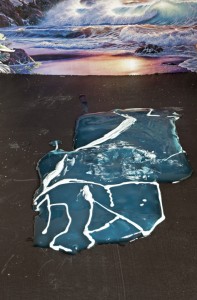 That it concerns a small island fascinates me. One starts to think in terms of limitations of an island and from there on the possibilities of an island. And in which way it influences the inhabitants of Curacao. Gradually I became more and more fascinated by their attitude in their everyday surroundings and my idea ‘Island of Tropical indifference and deterioration’ sank in more and more. Temporarily I blamed it on the heat and drought. This climate causes a slowness within human beings next to quickened deterioration and destruction of their surroundings. That is what I experienced during the daytime, slowness within myself and deterioration in my own surroundings. But I also noticed it around me.
That it concerns a small island fascinates me. One starts to think in terms of limitations of an island and from there on the possibilities of an island. And in which way it influences the inhabitants of Curacao. Gradually I became more and more fascinated by their attitude in their everyday surroundings and my idea ‘Island of Tropical indifference and deterioration’ sank in more and more. Temporarily I blamed it on the heat and drought. This climate causes a slowness within human beings next to quickened deterioration and destruction of their surroundings. That is what I experienced during the daytime, slowness within myself and deterioration in my own surroundings. But I also noticed it around me.
The perceptions concerning the acceptance of slowness and quickened deterioration strongly affected my working process. This is the case with the blue screen project but also with the experiments I undertook in my studio. I used materials with a temporary nature, like jelly (which slides, breaks and melts) and marking ribbon, which I attached with for example olive oil (which comes unstuck, bends and sticks). Like this ‘time, heat and stickiness became part of the art piece and gave room to a quickened deterioration. That way the created item no longer got a right to exist as a matter of course. I had to freeze their impermanence by photography.
Babette Kleijn
